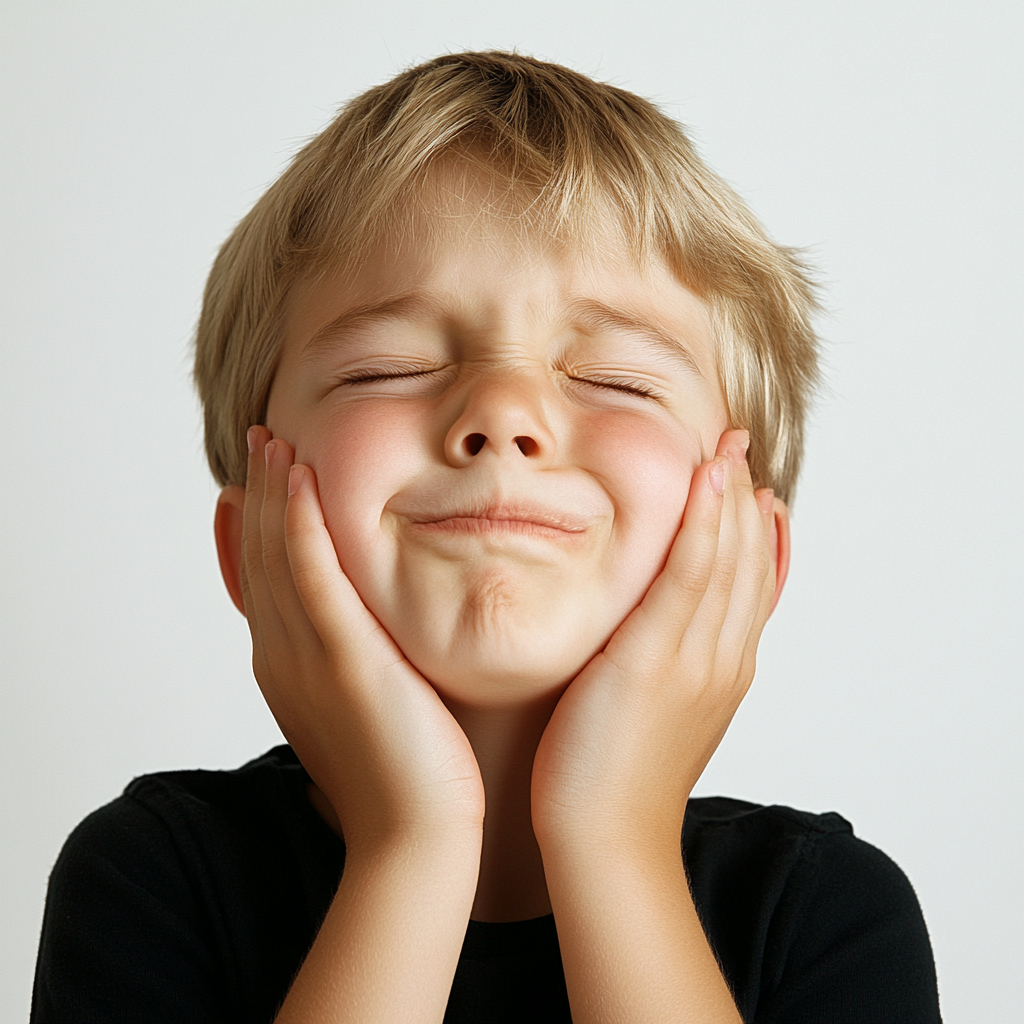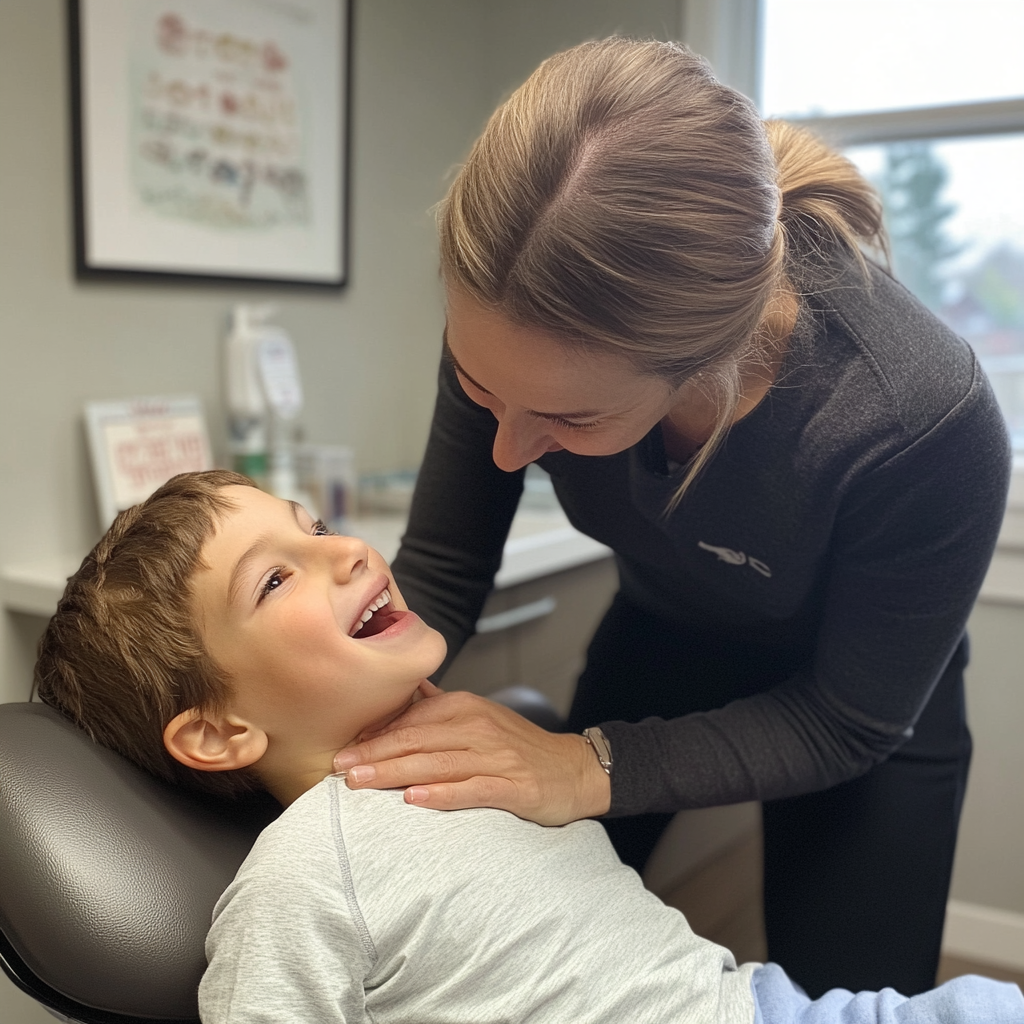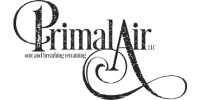
Enhancing Children's Development with Orofacial Myofunctional Therapy: A Guide for Parents

Orofacial Myofunctional Therapy (OMT) is an emerging area of pediatric health care, emphasizing the importance of functional, balanced breathing and muscle control in children. As more studies highlight the link between facial muscle function, breathing retraining, and overall development, parents are beginning to see OMT as a valuable tool to support their child's growth. This guide explains how OMT can make a difference, from promoting better sleep to supporting language development.
Understanding Orofacial Myofunctional Therapy for Children
Orofacial Myofunctional Therapy involves exercises that improve muscle function in the face, mouth, and throat, with the goal of optimizing essential activities like breathing, swallowing, and speaking. While this therapy was initially developed for adults, OMT for children addresses specific developmental concerns, offering tools to correct habitual breathing patterns and strengthen oral muscles.
Why Orofacial Myofunctional Therapy is Gaining Attention in Pediatric Care
In recent years, pediatric health experts have recognized how closely orofacial health ties to key areas of development. Research shows that many children may benefit from breathing retraining and exercises designed to improve facial muscle function. Here’s why:
Improved Breathing Patterns
Children with dysfunctional breathing patterns often experience fatigue, poor focus, and even disruptive sleep. Orofacial Myofunctional Therapy aims to address these issues by introducing techniques, like the Buteyko breathing method, that retrain children to breathe more efficiently.Support for Sleep-Related Concerns
A large body of research supports the connection between OMT and improved sleep, particularly for children who may have sleep-disordered breathing. By teaching children proper oral and nasal breathing techniques, OMT helps prevent airway obstructions that can lead to snoring or restless sleep.Enhanced Speech and Language Skills
Orofacial muscle function plays a significant role in speech. Many speech-language pathologists now recommend OMT as a supplemental therapy to improve articulation and voice quality in children. Exercises targeting the lips, cheeks, and tongue help children articulate more clearly and confidently.
How OMT Can Help with Common Pediatric Issues

Children face many common developmental challenges, from thumb-sucking and mouth breathing to tongue thrust and incorrect swallowing patterns. Orofacial Myofunctional Therapy provides a pathway to address these behaviors early on.
Thumb-Sucking and Oral Habits: OMT can help break habits like thumb-sucking by engaging children in exercises that strengthen their awareness of oral movements.
Mouth Breathing: Chronic mouth breathing can affect facial development and oral health. OMT guides children to establish proper nasal breathing, benefiting their overall health.
Incorporating Buteyko Techniques into Orofacial Myofunctional Therapy
Buteyko breathing techniques, focused on reducing over-breathing and promoting nasal breathing, blend well with OMT exercises. Here's how:
Awareness of Breathing Patterns
Buteyko exercises focus on helping children become more mindful of how they breathe, encouraging nasal breathing as the default. Over time, these exercises help shift breathing patterns naturally.Building Nasal Strength
By practicing Buteyko techniques, children strengthen their ability to breathe through their nose, which can reduce respiratory issues and improve overall oxygenation.
What to Expect in a Typical Orofacial Myofunctional Therapy Session

Each session in Orofacial Myofunctional Therapy is tailored to the child’s needs. Sessions might include exercises to enhance tongue strength, improve lip seal, and increase nasal airflow. As children progress, they learn to perform exercises independently, supporting long-term improvement.
Assessment
The therapist begins by assessing muscle function and breathing habits, noting any abnormalities in swallowing, posture, or oral resting positions.Exercises and Training
Based on the assessment, the therapist guides the child through exercises that target specific muscle groups. These activities may include tongue elevation exercises, lip closures, and swallowing practice.Homework and Parental Involvement
Parents play a vital role by encouraging children to practice these exercises daily. Homework reinforces the therapy, helping children internalize new habits.
Is Orofacial Myofunctional Therapy Right for Your Child?
Parents may wonder if their child could benefit from OMT. Here are some signs that your child might be a candidate:
Habitual mouth breathing
Persistent thumb-sucking beyond age three
Speech articulation challenges
Difficulty swallowing or chewing
Frequent snoring or disrupted sleep
The Benefits of Early Intervention
Orofacial Myofunctional Therapy provides benefits that can shape a child’s health well into adulthood. Correcting breathing and muscle patterns early prevents issues that might otherwise impact dental alignment, facial structure, and quality of life.

Orofacial Myofunctional Therapy offers valuable tools for parents looking to support their child's development. By focusing on proper breathing and muscle function, children can experience better sleep, clearer speech, and healthier facial growth. OMT’s combination with Buteyko techniques provides a comprehensive approach, giving parents a roadmap to ensure their children thrive.

